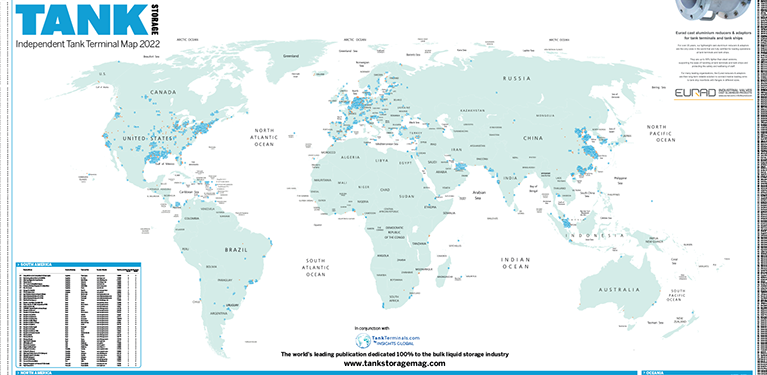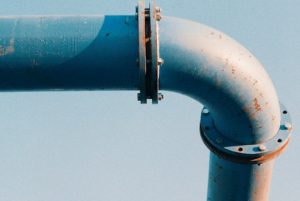The experts at Skygauge explain why drone inspections are the future

Storage tanks, particularly those constructed to the API 650 or API 12C standard, are difficult and dangerous to inspect. The tanks are at minimum 50 ft (15.24 m) tall, and require thickness inspections on 40-60 points every five to ten years.
Traditionally, these inspections are done by hand with a certified inspector scaling the structure using ropes, a crane or scaffolding, and manually conducting a spot thickness UT test.
Using an inspection drone, such as one from Skygauge Inspections, modernises this process, improving safety, quality, convenience, cost, and time.
Safety first
According to OSHA (The Occupational Safety and Health Administration) falls from a height are the second most common cause of death in the workplace, after vehicle incidents. Falls are responsible for more than 500 deaths and thousands of severe injuries across the United States each year.
The easiest way to reduce a workplace risk to zero is to avoid exposing your employees to it where possible. The Skygauge Inspection drone ascends to height, so your workers don’t have to. Inspectors can remain safely on the ground, indoors, or even offsite, and still conduct the test.
Quality and convenience
When the Skygauge drone inspects assets, it transmits its inspection reports live to a ground station. The ground station can then transmit these reports to an offsite location, or save them locally for later review by a qualified inspector. This means that the inspecting pilot does not have to be a certified API-653 inspector, and does not require any specialised skillset outside of a standard commercial drone pilot’s license. Past methods would have required an inspector to be certified in order to complete both UT inspections and complex high-altitude work.
Whilst inspecting, the Skygauge drone’s built-in software suite creates a 3D map of your asset. This means that past inspection points are saved for future testing. When the next inspection cycle rolls around, five or ten years later, the Skygauge drone can still inspect those exact same points with perfect precision.
This level of consistency is simply impossible with the manual recordkeeping that conventional inspections use. This improvement in consistency leads to more reliable data over time, and a higher quality of inspection overall.
Unlike manual readings, the drone is capable of vertical and angled contact, meaning that it can easily access the sides, roof, and (if elevated) bottom of a tank as required. This also applies if the walls or roof of the tank are sloped.
The drone has optional attachments for surface preparation and cleaning and can operate in moderate winds. This ensures that you can still conduct the inspection if weather conditions or asset surface conditions are less than optimal.
Saving time & money
Facility downtime resulting from an inspection is usually more expensive than the inspection itself. Some estimates place the cost of shutting down all or part of an oil refinery at $1 million (€914,000) per day. Moreover, temporary structures such as rope lifts, scaffolding, and manlifts can disrupt the workflow at an industrial site, even if the entire site does not have to be shut down for the duration of the test.
Skygauge conducted a comparison study with Paul Holloway of Holloway NDT and Engineering. In an echo-to-echo test on three specific locations on the tank it was determined that the readings from a handheld instrument and those from the Skygauge inspection drone were functionally identical. This proves that there is no loss in performance quality when using a Skygauge drone over a manual method for tank inspections.
The Skygauge drone can complete inspections 10 times faster than traditional methods, minimising downtime and disruptions to facility operations. It is easy to compare the cost savings of using one drone, manned by a crew of two, against an inspection team of three to five people as well as multiple vehicles to help set up and teardown aerial work platforms. Skygauge customers report that 50-90% of the cost of a tank inspection was saved by switching.
Future of tank inspections
The Skygauge drone is capable of conducting API-653-compliant ultrasonic inspections of storage tank infrastructure. This work is completed with the same accuracy, and better quality, than traditional methods. Customers are able to save time and money while ensuring safety when using Skygauge Inspections.
For more information:
www.skygauge.co
01 Pilots and inspectors operating the Skygauge Inspections drone














